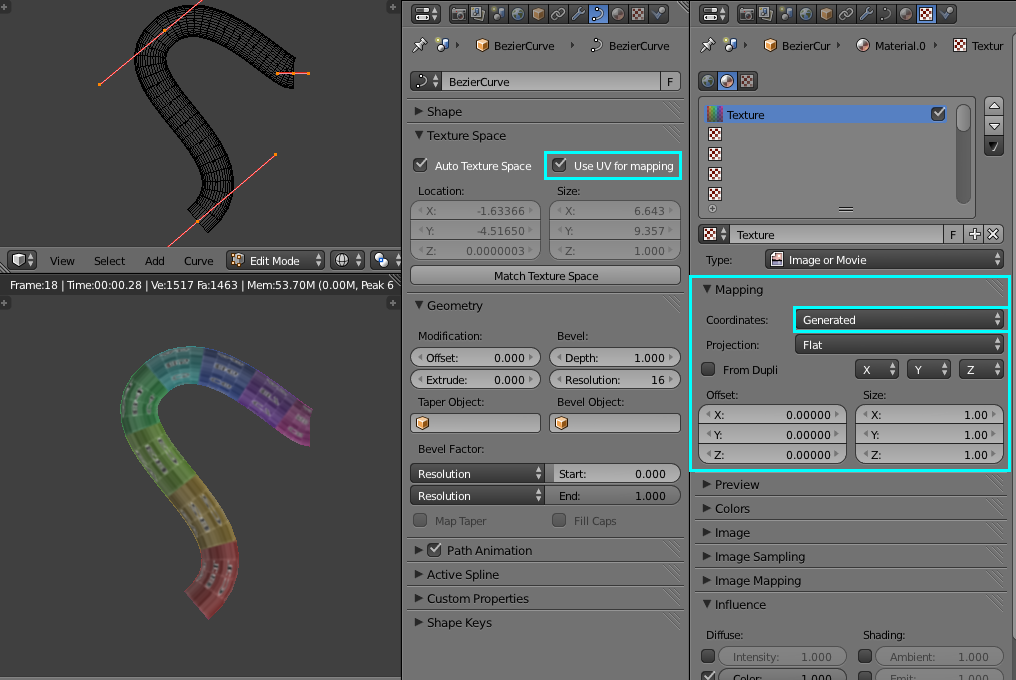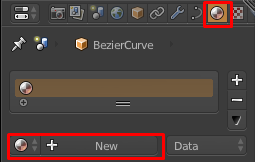I really want to be able to apply mapping to a curve object. For instance a rope or pipe that has a repeated pattern along its length that follows it's twists and turns.
There must be a simple way to generate UV coordinates for such an object without converting it to a mesh and unwrapping it. Can anyone help?








